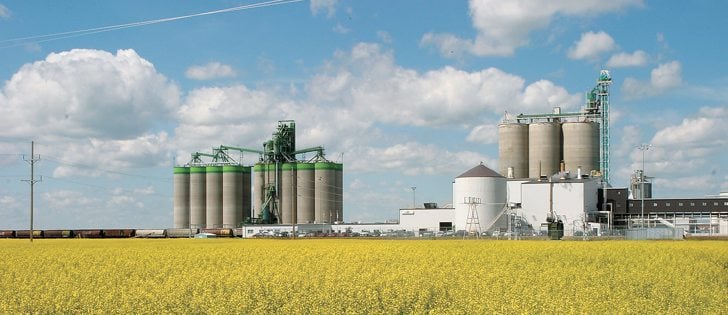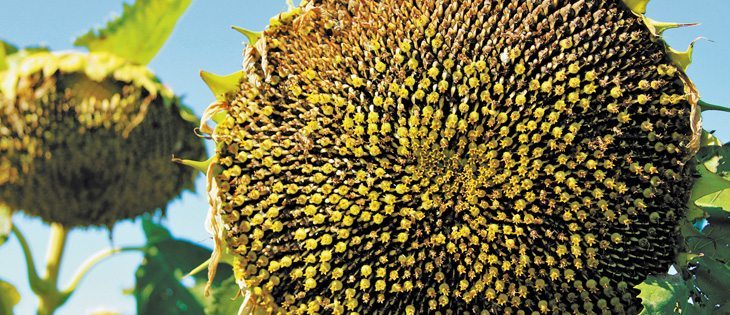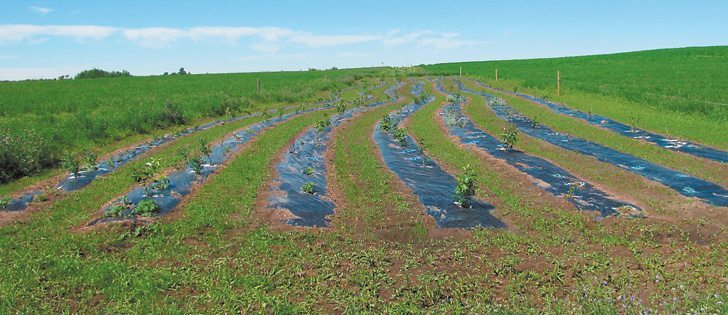Americans are starting to compare this year’s dry summer in the U.S. Midwest with the drought of 1988.
If they are correct, then food buyers the world over should be worried because their costs will rise.
The North American growing season 25 years ago was a disaster.
U.S. corn yields that year fell to 85 bushels per acre, down 30 percent from the previous year, and production was down 31 percent, despite a two percent increase in seeded area.
The United States also had a disastrous wheat crop.
Read Also

Chinese, Indian tariffs take toll on pea prices
The disruption of pea exports from Canada’s largest customers will likely result in slow pea exports for the remainder of the crop year.
The drought was exceptionally widespread that year. Canadian production was also hammered, mostly in Saskatchewan and Manitoba. Saskatchewan’s average spring wheat yield fell 51 percent to less than 14 bu. an acre.
There appears to be no danger of widespread drought in Western Canada this year. Indeed, some places are too wet and North Dakota also has lots of moisture.
So the drought this year can’t compare to 1988 in terms of breadth of geography. Also, it likely won’t affect the spring wheat crop in Canada and the U.S.
However, the drought is still dangerous. It extends beyond the Midwest to include the central plains of Kansas and Nebraska and the mountain states.
Pastures are drying up. Last week, Wyoming Department of Agriculture officials contacted North Dakota agriculture officials to ask about the possibility of Wyoming cattle being moved to that state.
However, the critical factor in grain markets is corn yield and overall corn production.
The U.S. corn stocks-to-use ratio is expected to fall to a critically tight 6.7 percent at the end of the current crop year. Soybean’s stocks-to-use ratio could fall to 4.4 percent.
With corn demand rising, the only way to rebuild stocks in the coming year is to have a gargantuan U.S. corn crop with a huge acreage and record yield. That is not going to happen.
Reuters polled analysts last week, and the average of their estimates for corn yield was 157 bu. per acre, down from 161.5 in a poll taken June 13 and nine bu. less than the U.S. Department of Agriculture’s forecast for a record-high 166 bu.
On June 29, Informa pegged the corn at 154.9 bu. per acre and its soybean estimate at 42.7 bu. per acre.
The drought appears to be knocking corn yields down about two to three bu. per week.
Corn varieties are far better than they were in the 1980s so 85 bu. per acre won’t be repeated.
However, as of June 24 the USDA rated only 56 percent of the U.S. corn crop as good to excellent, the lowest rating in that category in late June since 1988. The rating likely dropped in the July 1 report, released after this column was written.
Do people really think they are going to get better yields than last year’s 147.2 bu. per acre or 2010’s 152.8 bu. per acre, considering that crop condition ratings are already so low?
It is highly unlikely, unless there is an immediate and sustained shift to wetter weather.
The market had to rally to reduce consumption, given the declining crop condition, and it did. Rising corn prices and falling gasoline prices have already forced several ethanol plants in the U.S. to suspend operations.
Livestock feeders won’t be able to increase herds and China’s expected increased demand for corn will have to be filled by other countries, such as Argentina, Brazil and Ukraine.
And although North America’s spring wheat crop is so far untouched by the drought, wheat production elsewhere is falling.
Reuters also polled analysts for their take on wheat production in the former Soviet Union. The average of the estimates was that production in Russia, Ukraine and Kazakhstan would be 78.9 million tonnes this year, down 22 percent from 2011.
U.S. soybean production is also threatened.
Europe’s debt and economic woes continue to present a wild card. Grain price increases will be limited if the continent falls into recession and acts as a drag on the rest of the world.
However, for now Canadian farmers might be in the happy position of producing a good crop in a year when production problems elsewhere lift prices.














